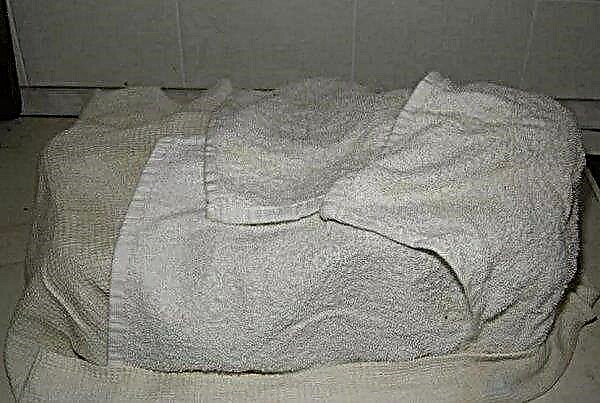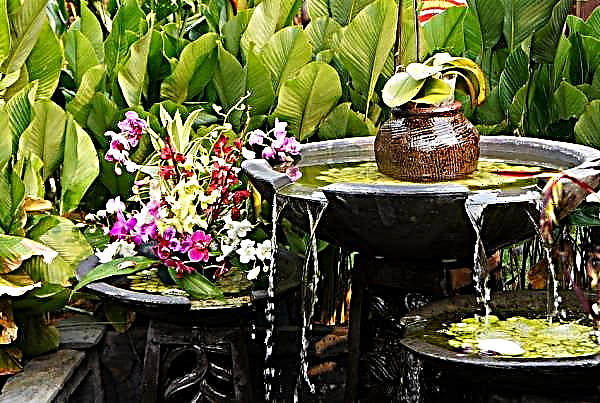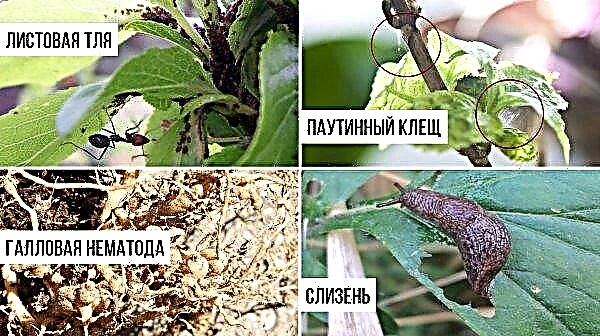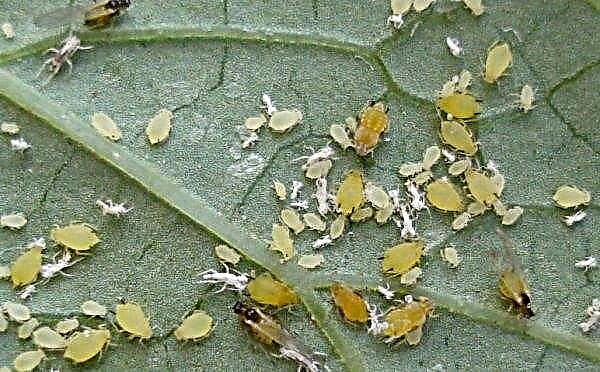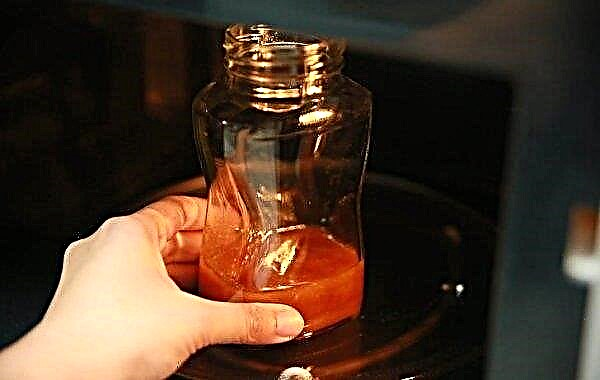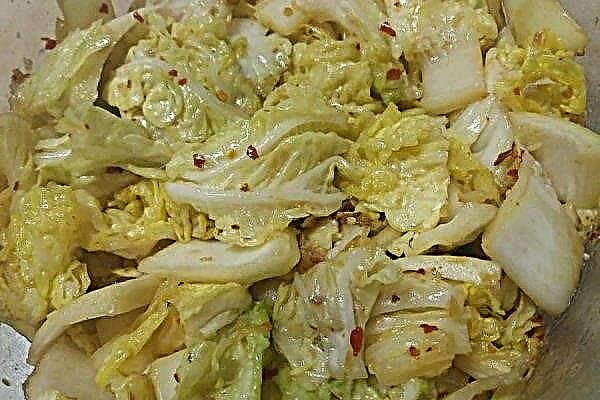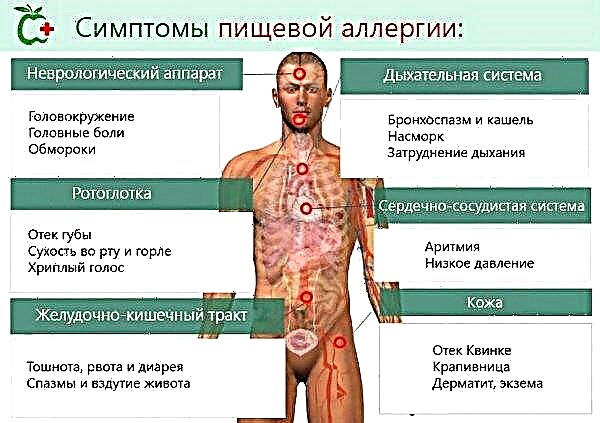Fallen leaves are a common problem that ficus owners face. Before treating a plant, you need to understand the possible causes of this phenomenon.
Features of growing ficus
Growing ficus, you need to familiarize yourself with the needs of the plant. The optimum room temperature is determined by type. Usually it should be within +18 ... + 20 ° С, however, there are varieties for which the indicators + 10 ° С are optimal. Comfortable humidity is 50–70%.
Lighting should be bright and diffused. A ficus tree does not like direct light or darkness, but is shade-tolerant. Moderate watering is preferable, both drying out the soil and excessive waterlogging should not be allowed. Transplantation of young specimens is carried out once a year. Plants older than 4 years are transplanted less often - once every 2-3 years.
Also, one should not forget about fertilizers. The exact frequency of top dressing depends on the variety, but most often you need to apply fertilizer in the spring-summer period every 1–1.5 weeks with preparations for decorative and deciduous plants, for example, using the Rainbow or Ideal products.
Why do ficus leaves fall: reasons and what to do
Ficus takes off leaves for two reasons. This can be either a natural process or a consequence of improper plant maintenance. That is why before deciding how to save the ficus, you need to determine the exact cause of this state of it.
Did you know? The largest ficus banyan tree grows in India. Its age is more than 200 years, the diameter of the main trunk is 12 m. The crown of this tree has grown to 12,000 m² and is supported by secondary and aerial roots that have grown to the size of individual trunks.
Natural process
The normal life rhythm of the ficus includes the stage of dropping foliage. This is a natural process that occurs in autumn or early winter. Due to the loss of leaves, the plant successfully goes into a dormant state.
In the future, leaf plates must necessarily grow back. Most often, the ficus first loses the lower parts of the crown. First, they acquire a yellowish color, then begin to dry and fall off.
Improper care
Very often, the cause of the loss of foliage by the ficus is an incorrect approach to its content. Microclimate disturbances, improper watering and transplantation negatively affect the condition of the plant, from which the leaves begin to fall.
Violation of the conditions of detention
The microclimate in the cultivation of ficus plays a very important role. Cold and drafts are extremely harmful to the plant. In most species, if the temperature drops below + 16 ° C, the foliage is likely to fall.
Do not also allow exposure to high temperatures. Although ficus is classified as a heat-loving species, at rates above + 30 ° C, the plant withers, the leaf plates change color to yellowish and are difficult to hold on the stem. However, it is necessary to pay attention to the specific cultivated species and the optimal indicators for it.Important! It is highly advisable not to allow sudden surges in temperature, humidity or lighting level. The plant does not like change, including a change of place.
An important factor is the level of moisture in the air. Leaves often crumble due to excessive dryness. Often this happens in the summer when the street is hot enough and the air in the room also warms up above normal. However, in winter there is a risk of increased air dryness due to the operation of batteries or heaters. The owner must monitor the humidity and, if necessary, adjust its performance using special humidifiers.
However, in winter there is a risk of increased air dryness due to the operation of batteries or heaters. The owner must monitor the humidity and, if necessary, adjust its performance using special humidifiers.
We must not forget about lighting. Species characterized by a colorful pattern on leaf plates are difficult to tolerate light shading. Varieties with green leaves are able to develop in partial shade.
However, too strong a shadow adversely affects the state of any ficus. As a result of being placed in a dark space, symptoms may occur in the form of a weakening of the crown, lethargy, dry leaves and, as a result, its falling.
Wrong watering
Watering ficus should be moderate. Strong drying of the soil should never be allowed. A similar situation can occur due to scarce or rare soil moisture. As a result, the crown dries, turns yellow and does not stay on the trunk for a long time.

A similar effect occurs if watering, on the contrary, is too plentiful. Stagnation of water in the soil should not be allowed, as the process of root rot begins. It can be identified by an unpleasant putrefactive odor. If the situation is not corrected in time by adjusting the watering, a gradual damage to the trunk begins. The leaves at the same time acquire a dark color and fall off the stem.
Incorrect transplant
Since ficuses do not tolerate any changes, a reaction in the form of dropping leaves can appear during transplantation. For this reason, the plant can not be transplanted often.
The maximum frequency of changing the pot and soil is 2 times a year. Often, flower growers, knowing about the possible reaction of the plant, resort only to a surface change of soil instead of a full transplant.
Pesticides
When controlling pests, pesticides become the first aid for many home plant owners. Substances based on chemicals are also used to prevent the development of various diseases.
The effect of intensive treatment of ficus with such drugs is often negative. Pesticides are dangerous because they create a strong load on the plant, as a result of which the leaves do not linger on the trunk, weaken and fly around.
Important! When handling pesticides and other drugs, safety rules should be followed. It is advisable to use rubber gloves and eye protection in the form of glasses.
Pests and diseases
A common cause of leaf fall is the development of various diseases. Dangerous for ficus are fungal infections. They appear most often due to excessive wetting of the substrate.
In addition to shedding the crown, the fungus causes discoloration and spotting on different parts of the plant. As therapeutic measures, you need to get rid of the affected areas and carry out treatment with a fungicide, for example, the drug “Carbendazim”.

No less dangerous are pests, among which most often you can find:
- aphids;
- spider mite;
- scale shield.
Why ficus discards leaves in winter
Dropping leaves at the beginning of winter can be caused by various reasons.
The main ones are:
- natural transition to a state of rest, provided that the crown is opal at the beginning of the season;
- reduced daylight hours and poor lighting;
- changes in humidity and temperature due to the operation of heating devices in the room.

It is also necessary to remember other reasons in the form of diseases, pests or improper care.
How to prevent leaf falling
To prevent the ficus from dropping its crown, the following preventive measures must be taken:
- maintaining the right microclimate (temperature, humidity and lighting);
- ensuring a stable location and conditions;
- moderate chemical treatment;
- transplantation no more than 1 time per year for young (up to 4 years) and 1 time in 2-3 years for more adult ficus;
- watering the soil in moderation, avoiding waterlogging or drying out of the substrate;
- timely treatment for diseases and pests.
Did you know? Fig tree, from which they harvest in the form of figs, is a type of ficus.
Useful Care Tips
In order for ficus to please its owners for a long time, one should not only adhere to the basic rules, but also study the subtleties of caring for it:
- Ficus tree is quite undemanding. The main thing is to disturb him less and maintain stable conditions. In summer, however, it can be taken out onto the terrace or balcony.
- If there are lighting problems, in stores for florists you can buy special lamps.
- In addition to the frequency of irrigation, the characteristics of water are important for ficus. It must be soft and not colder than room temperature. Also, the plant is sprayed with warm water with increased dryness and the leaves are washed to remove dust and dirt.

Ficus crown dropping is a very annoying problem. However, it can be avoided by adhering to the basic rules of plant care and timely resorting to the treatment of diseases and adjusting the approach to growing.


